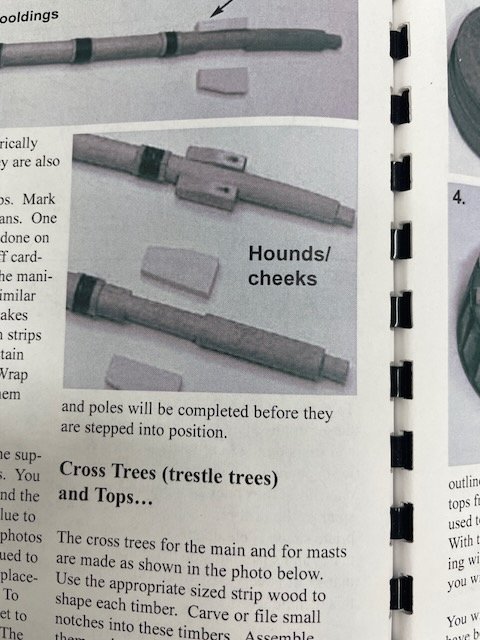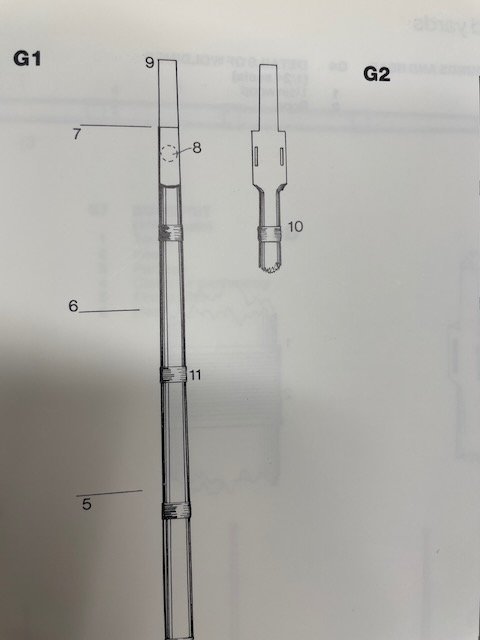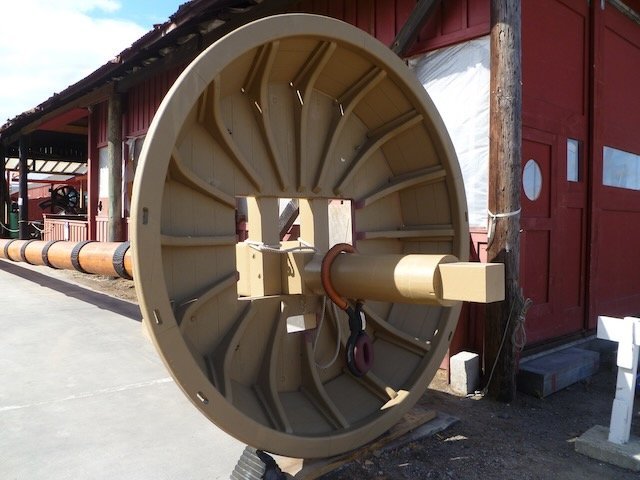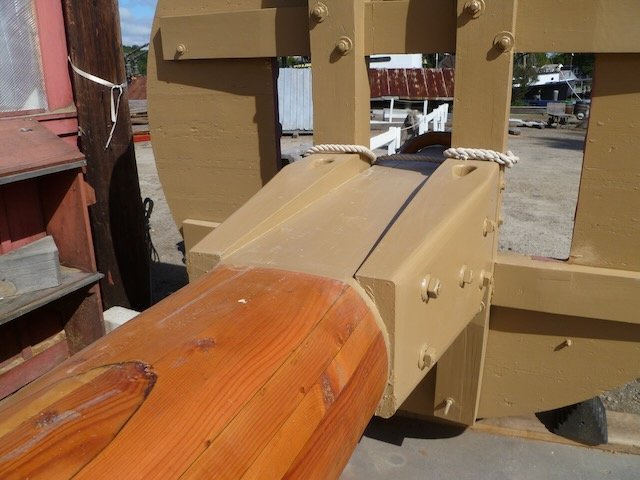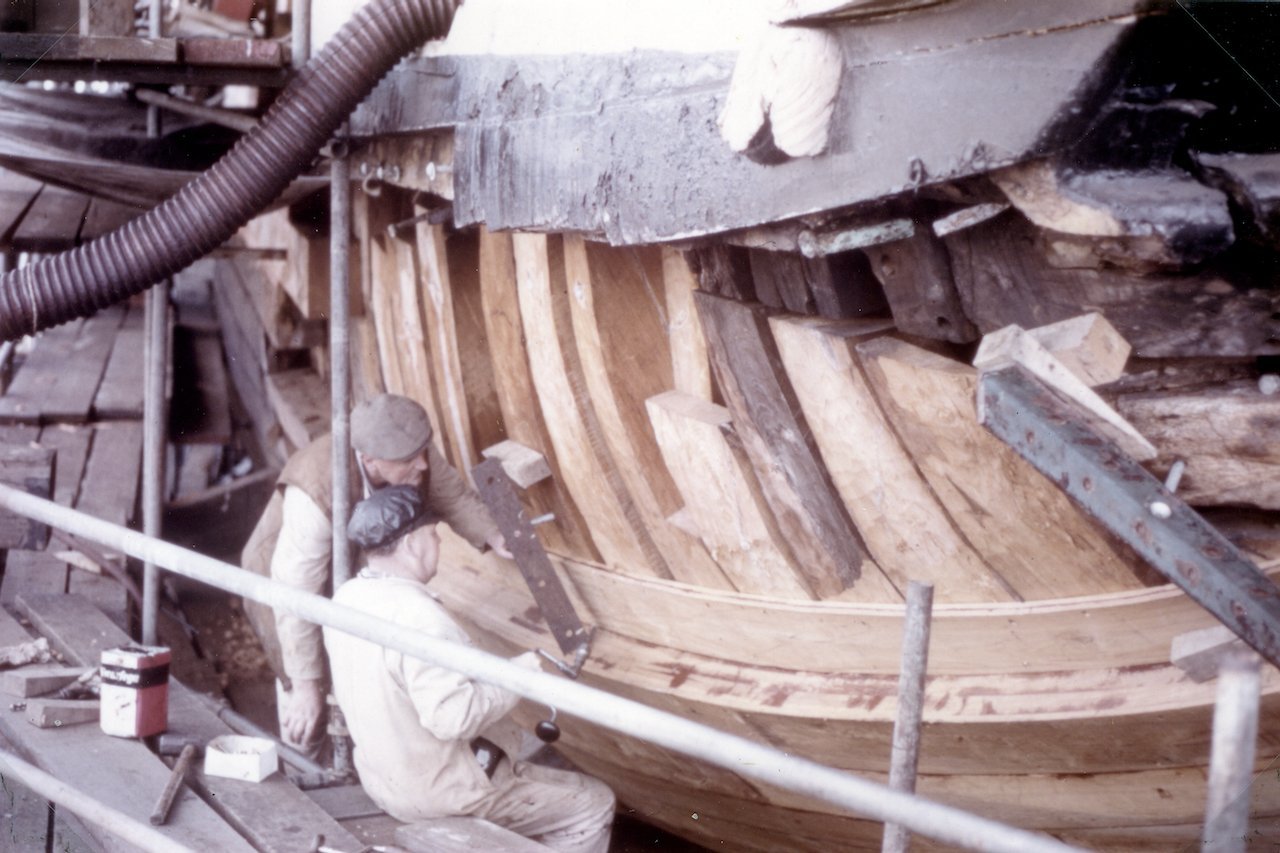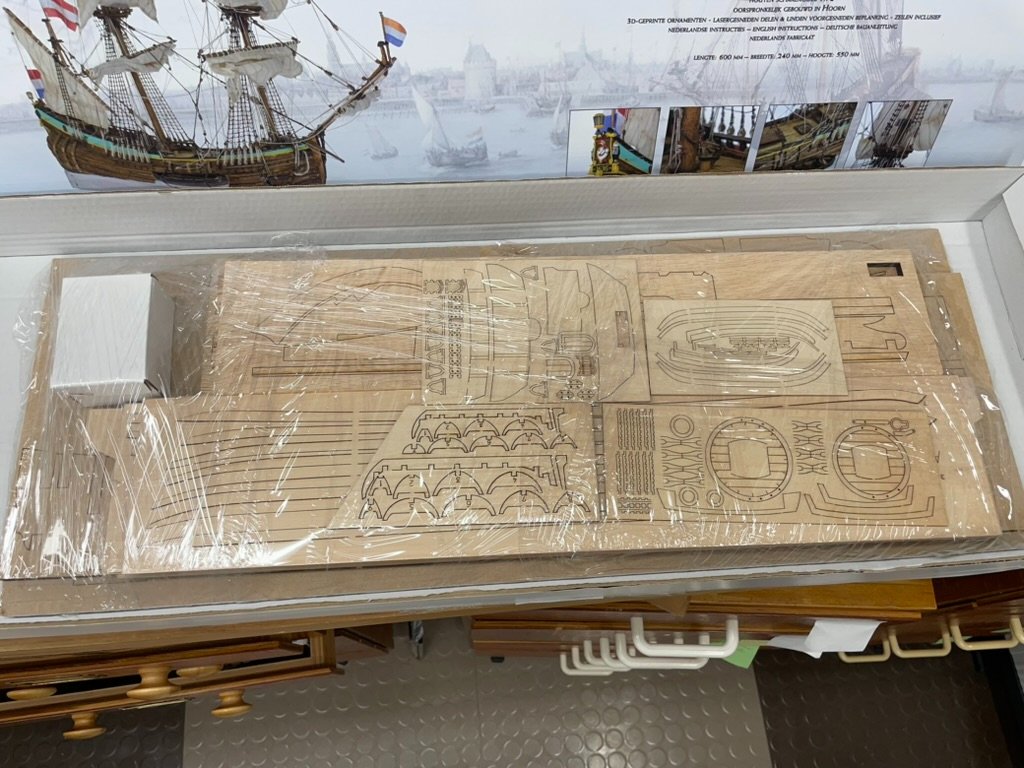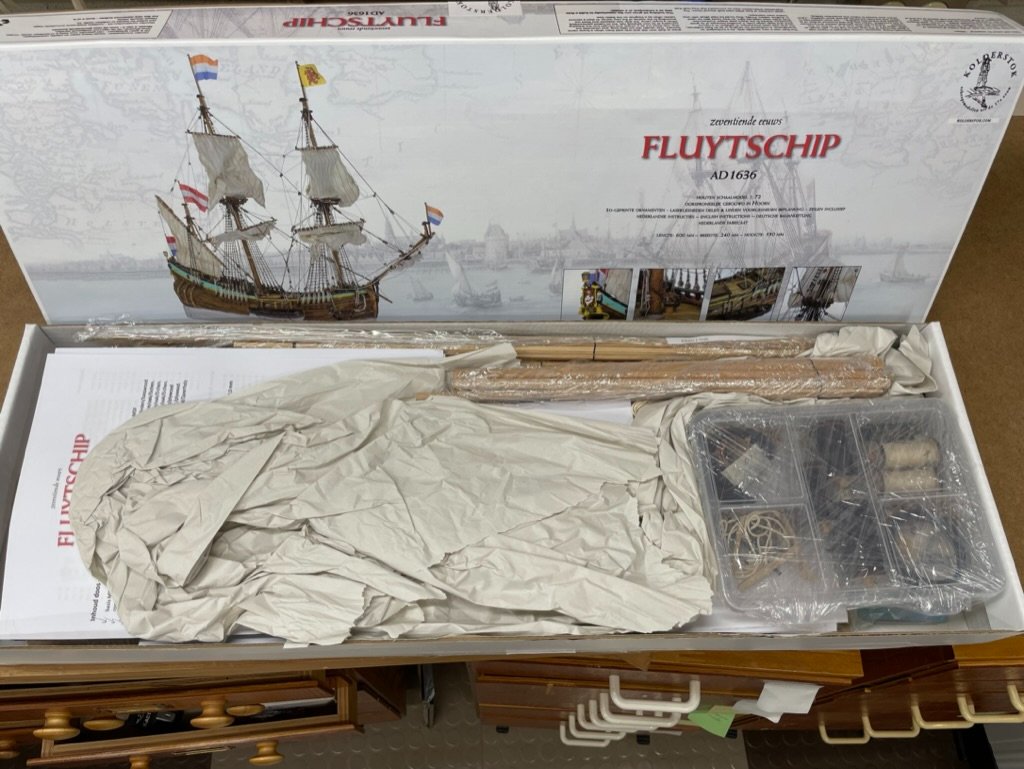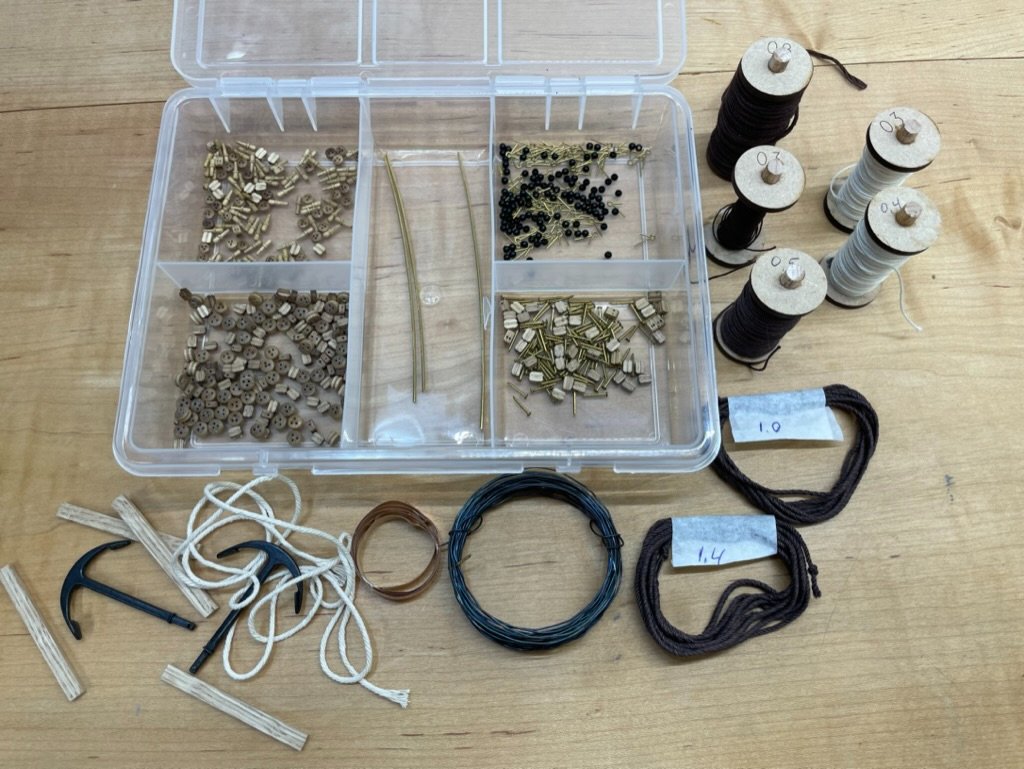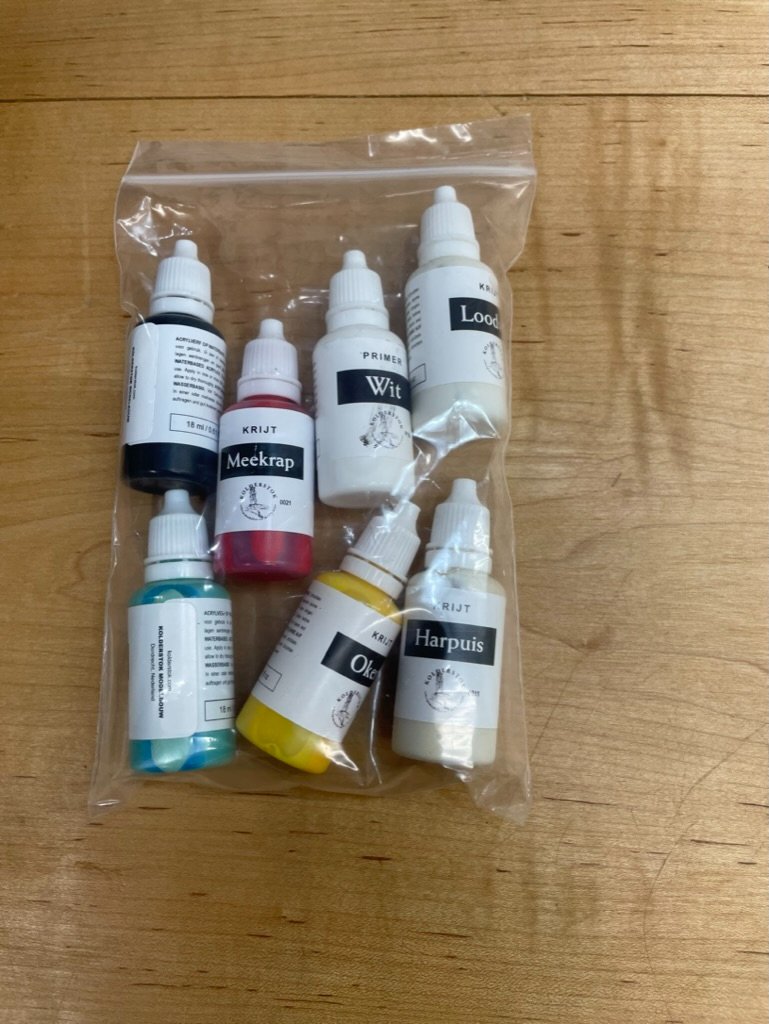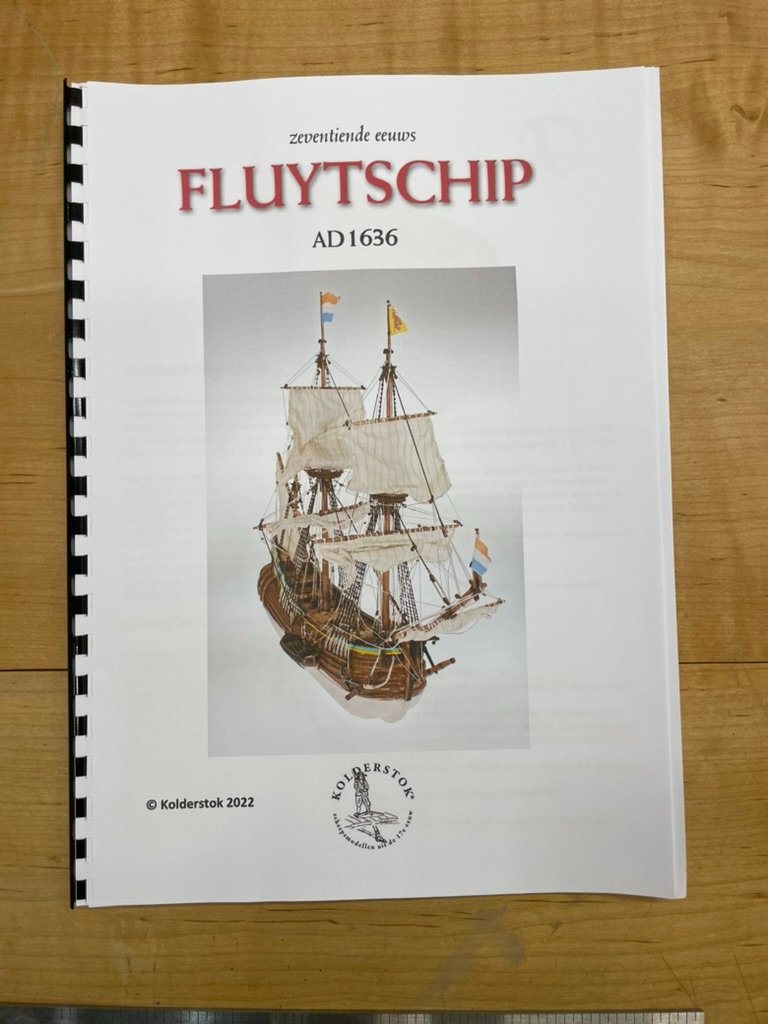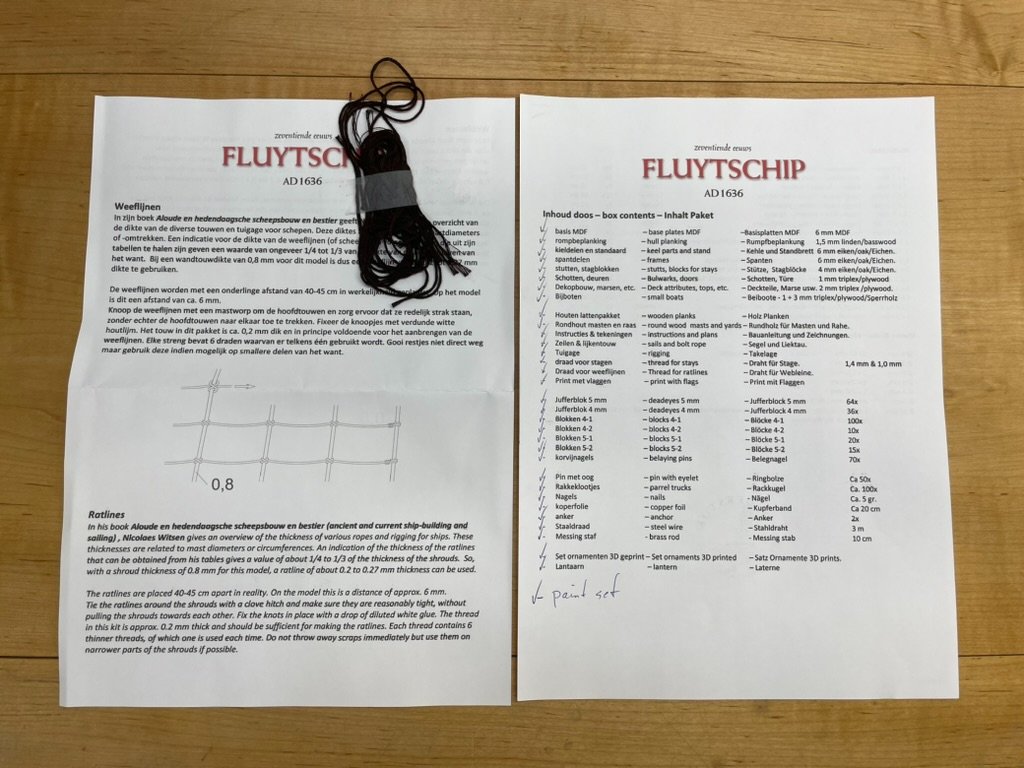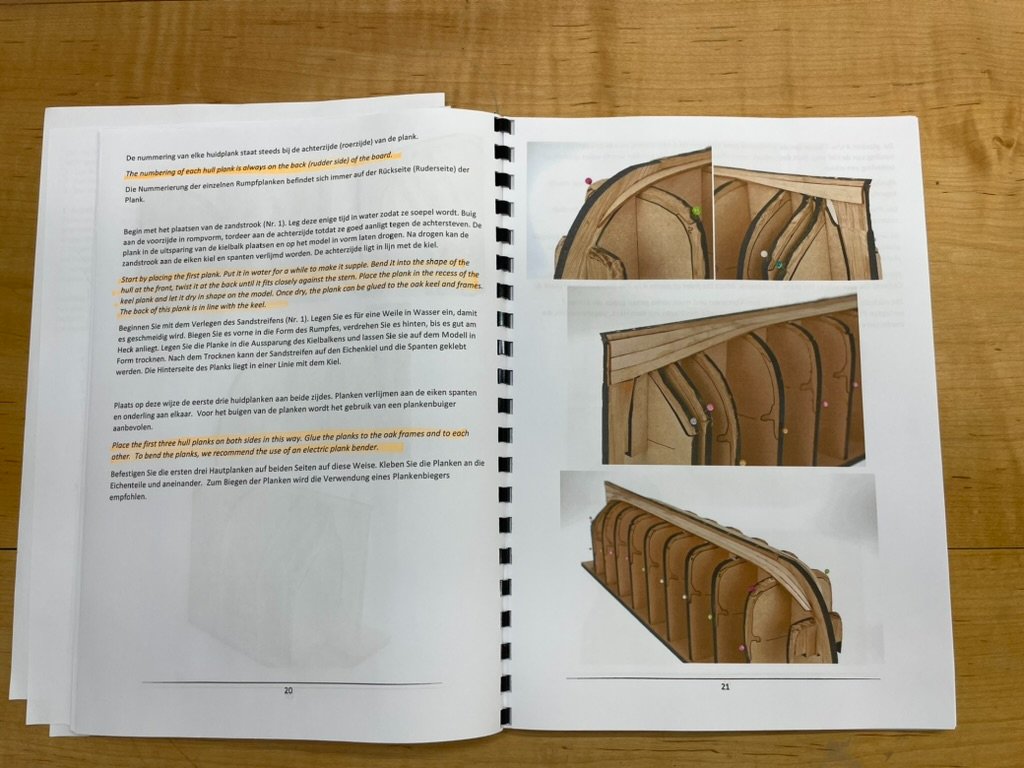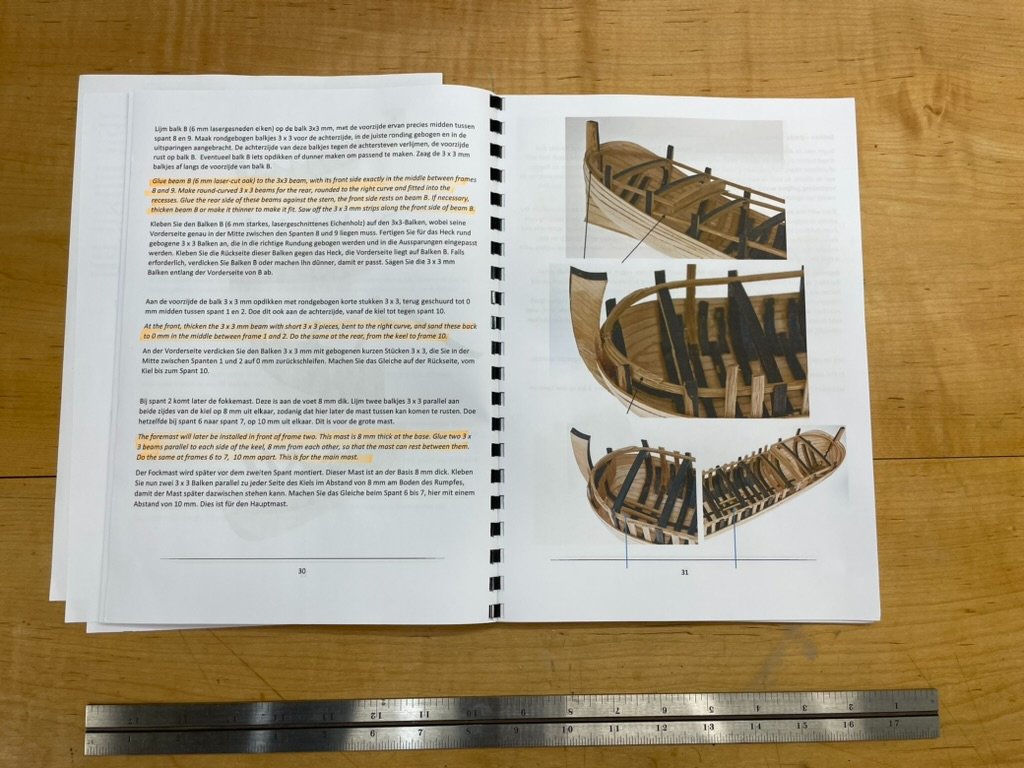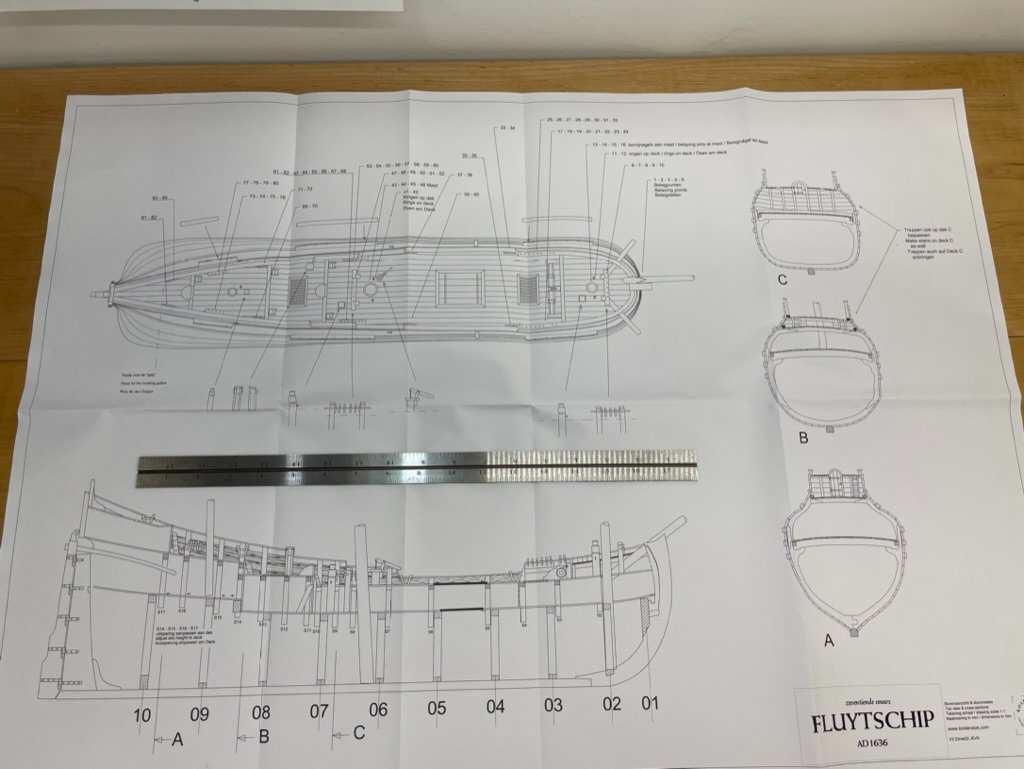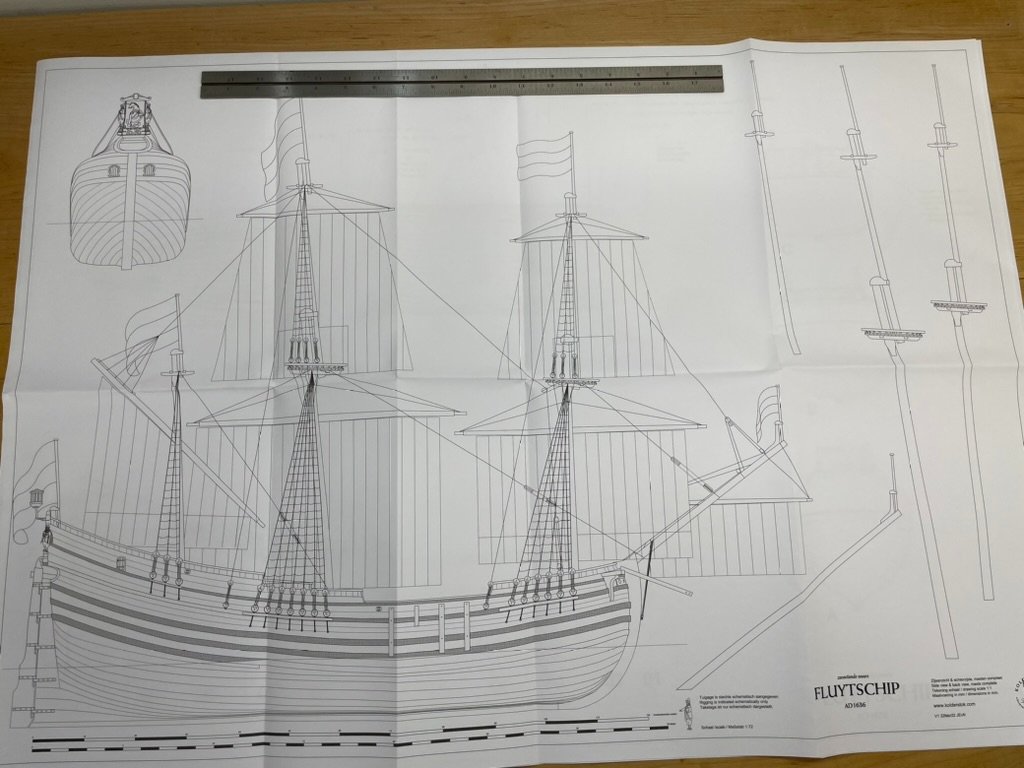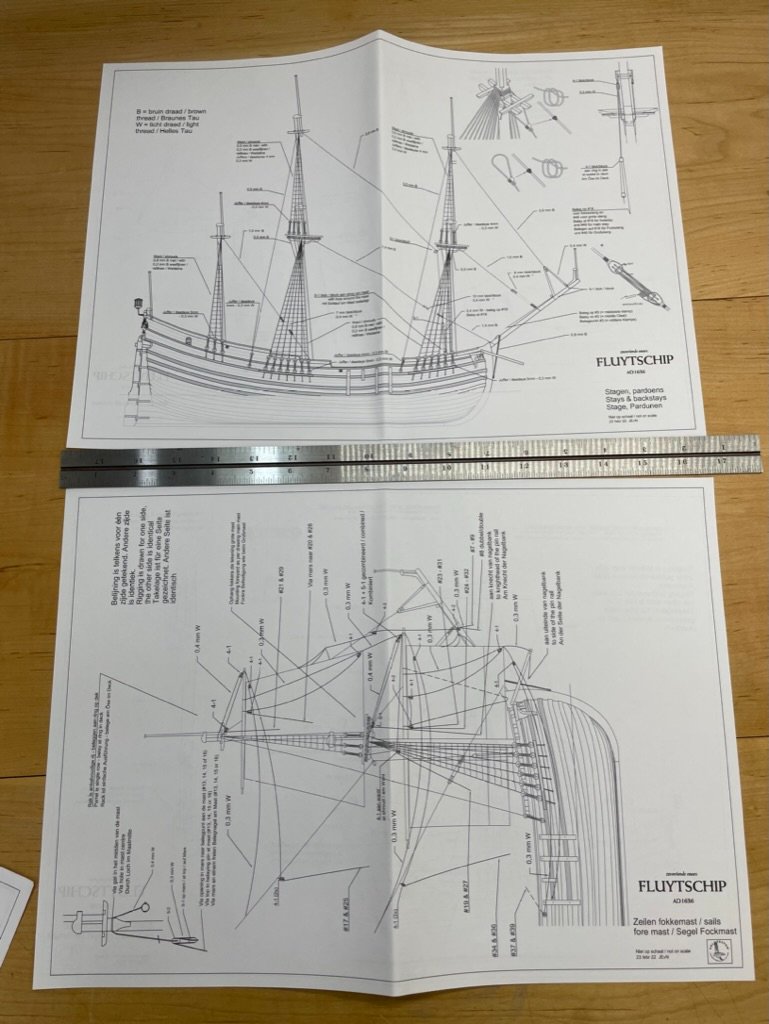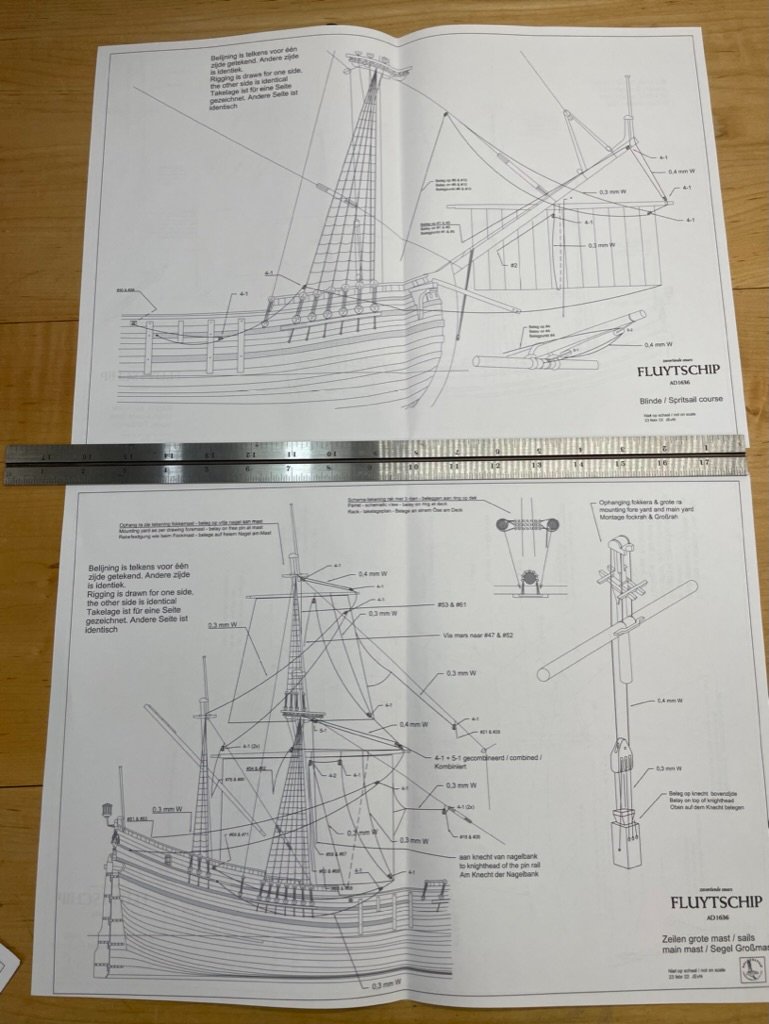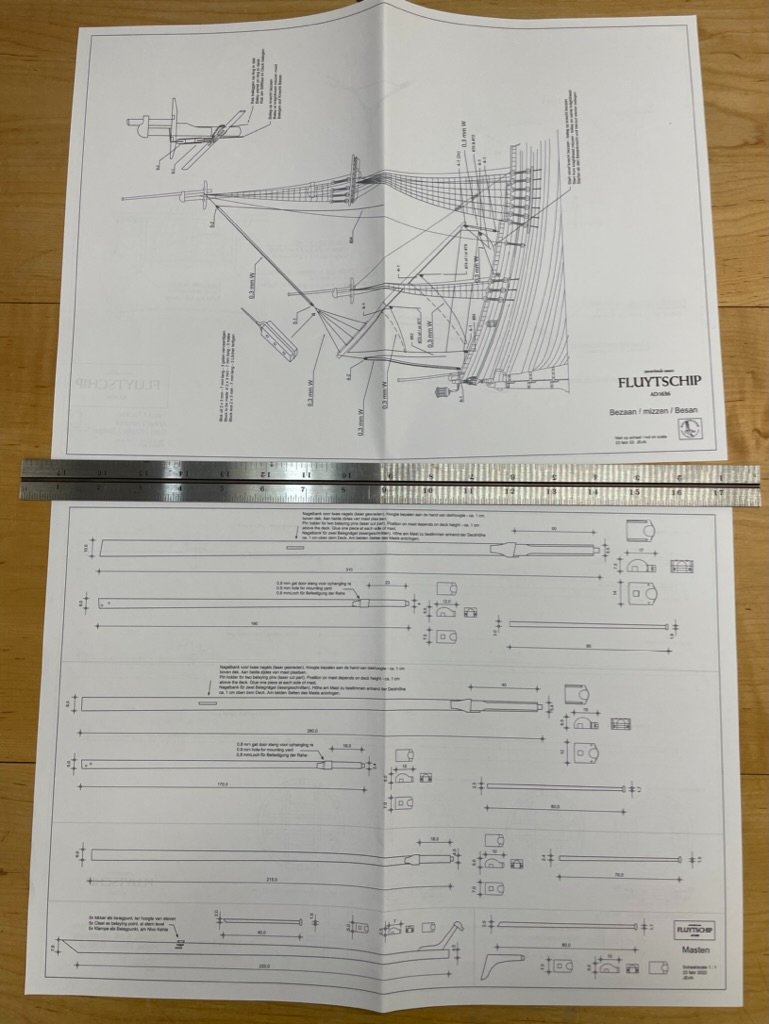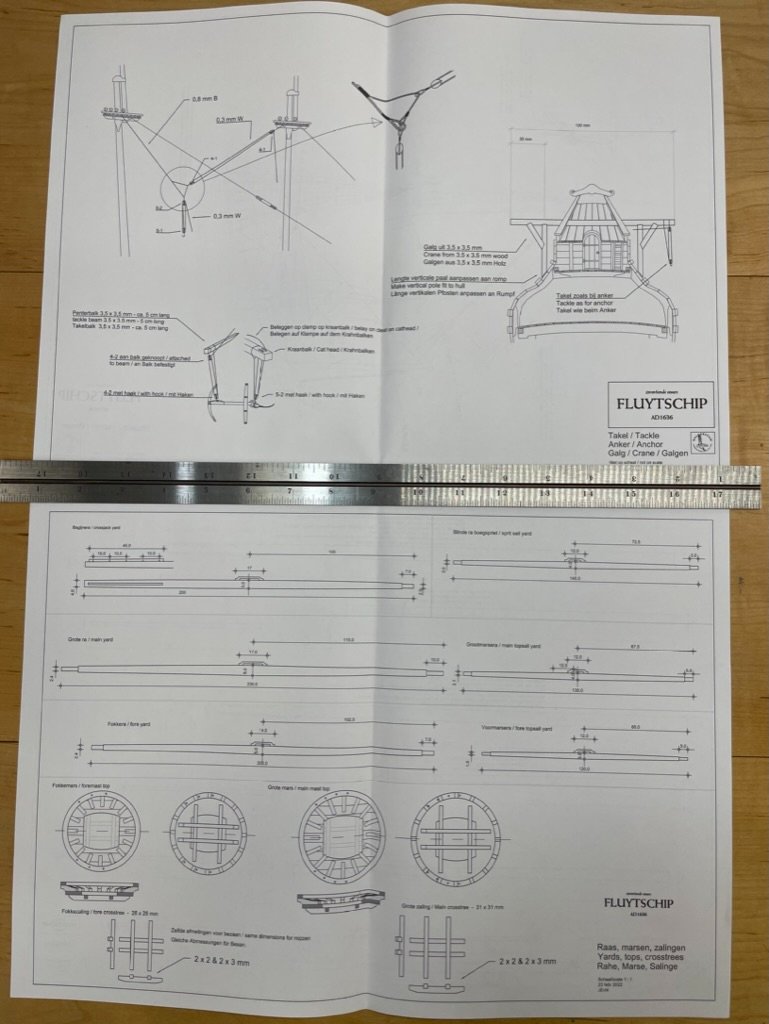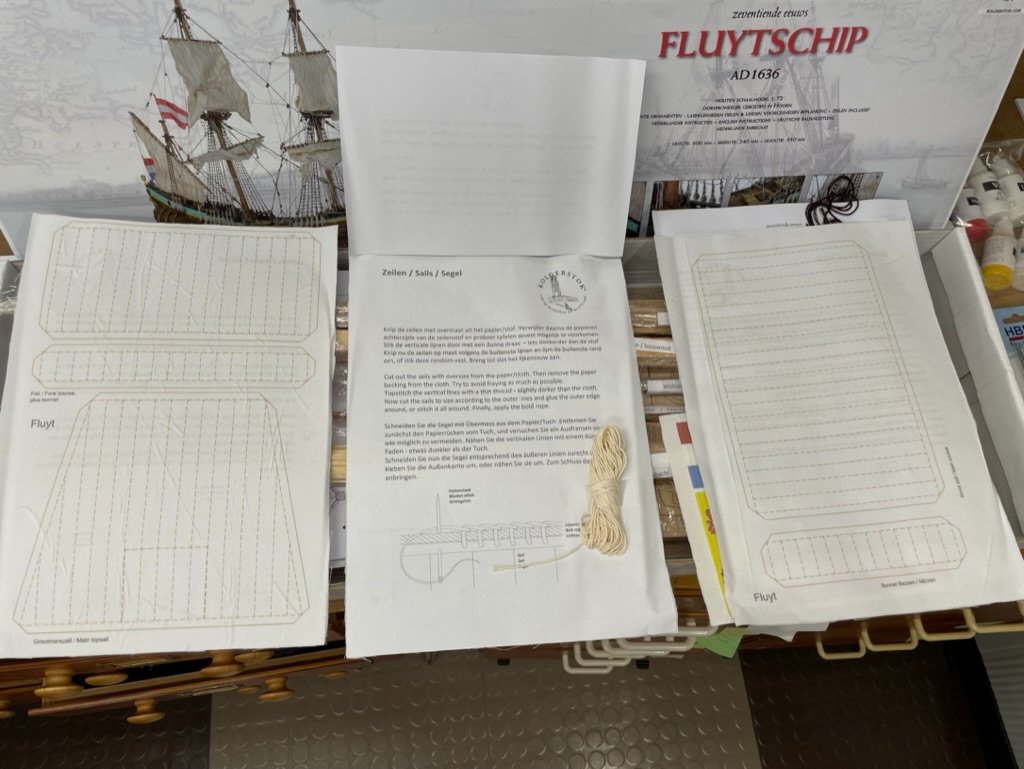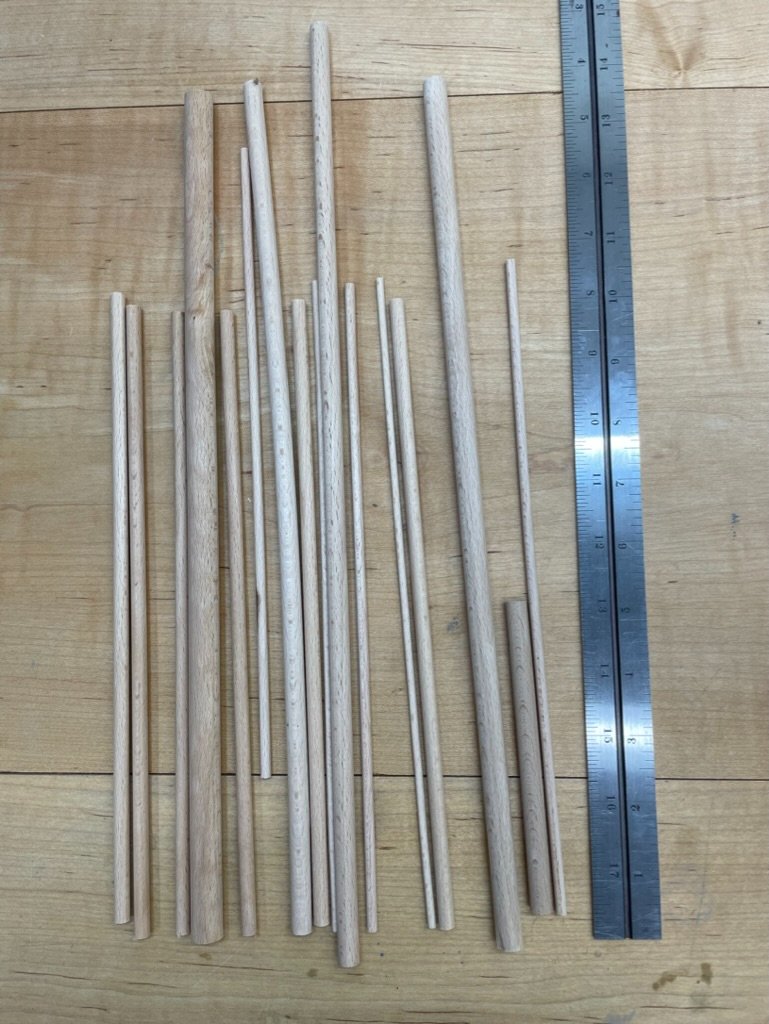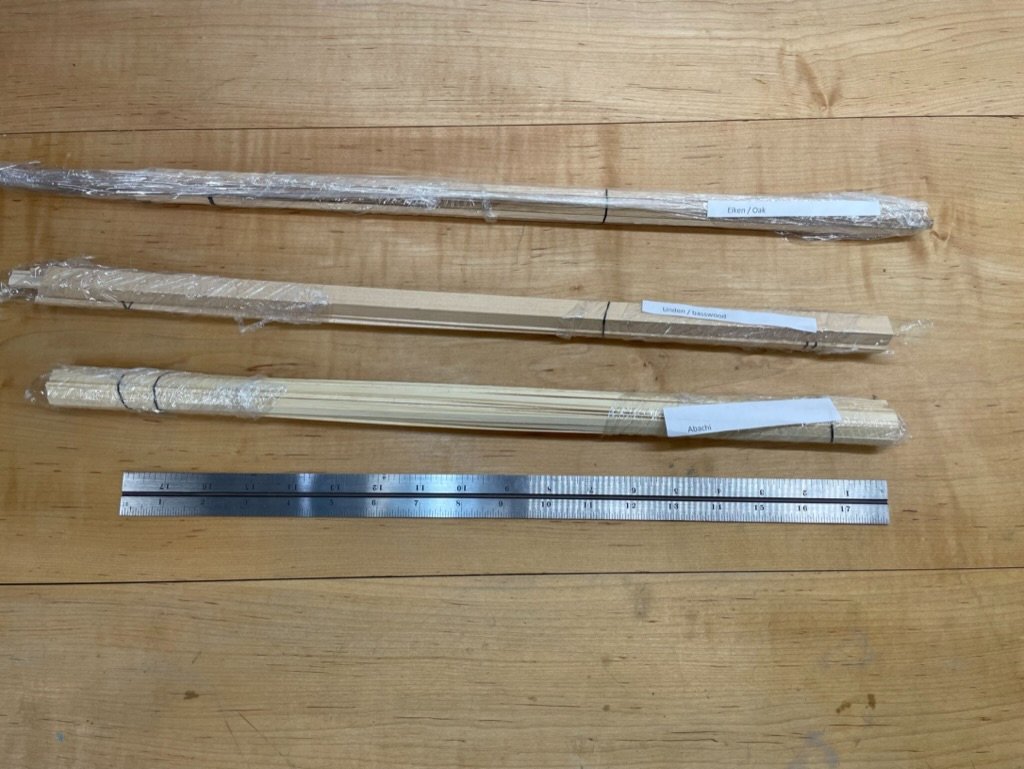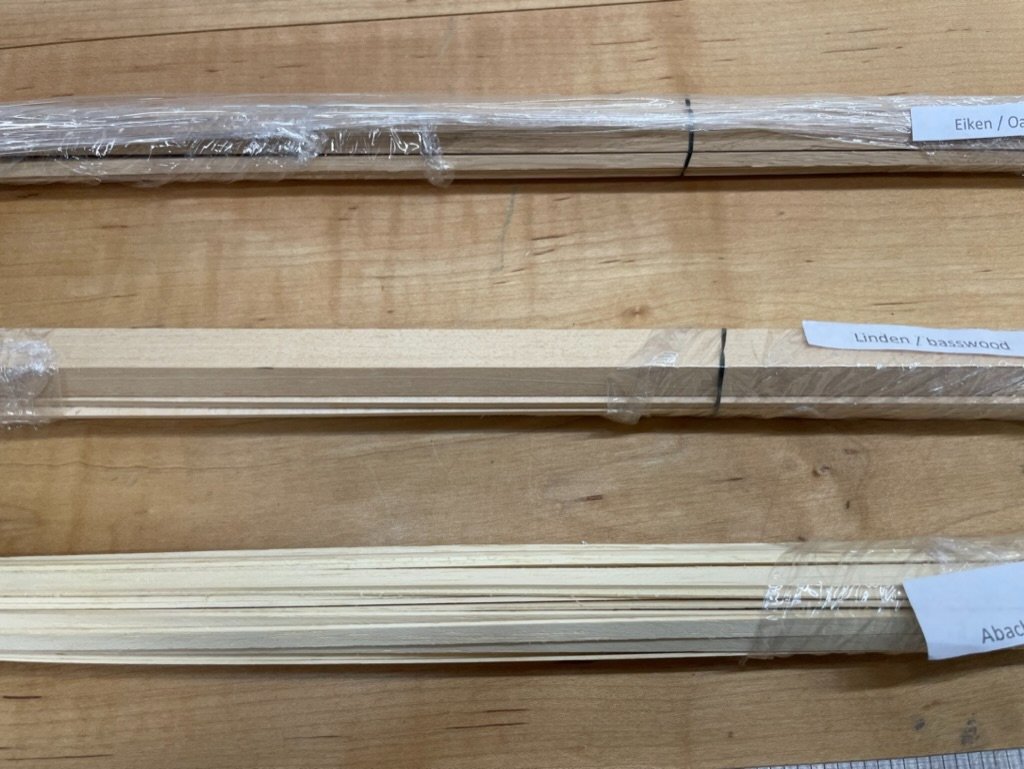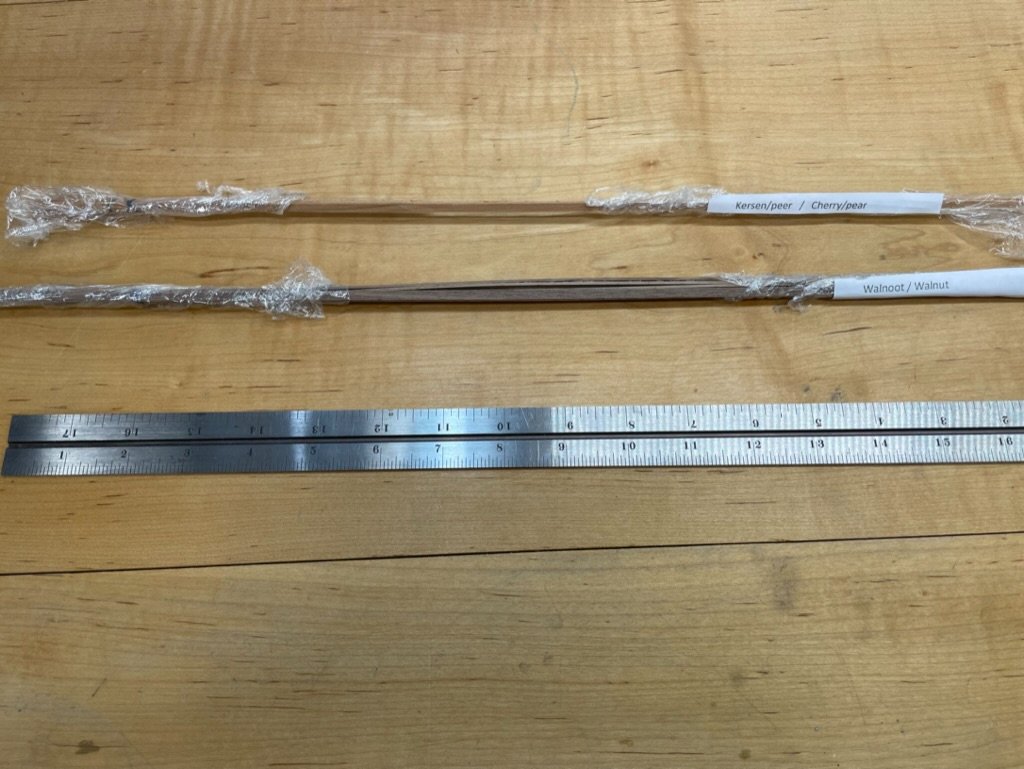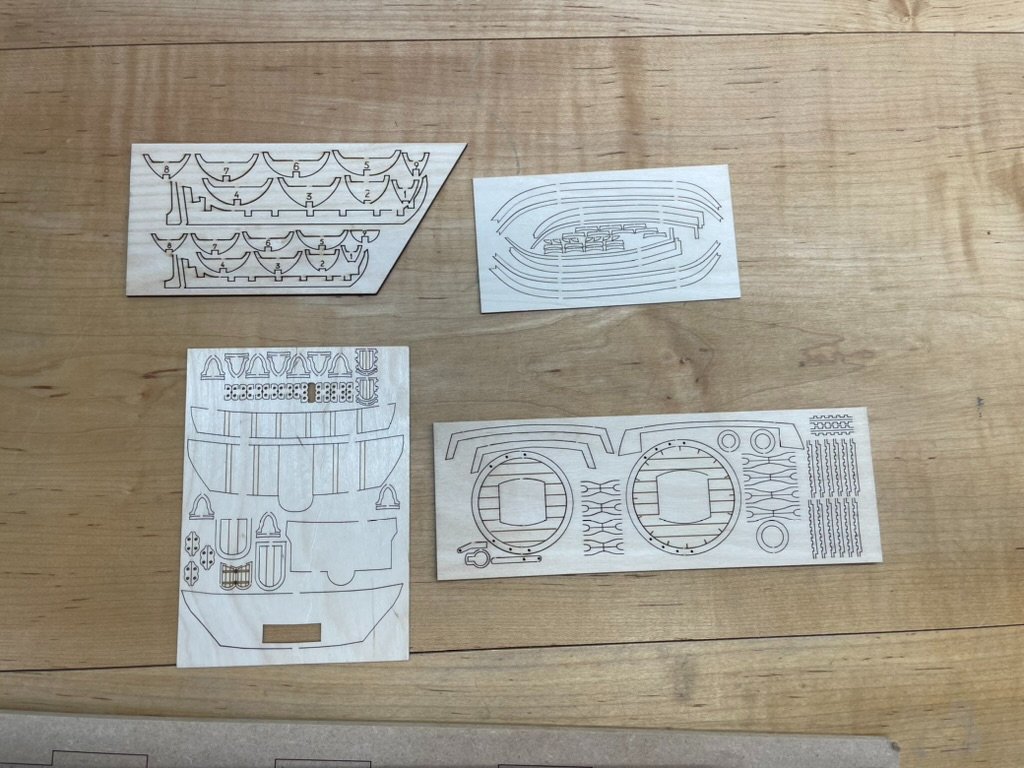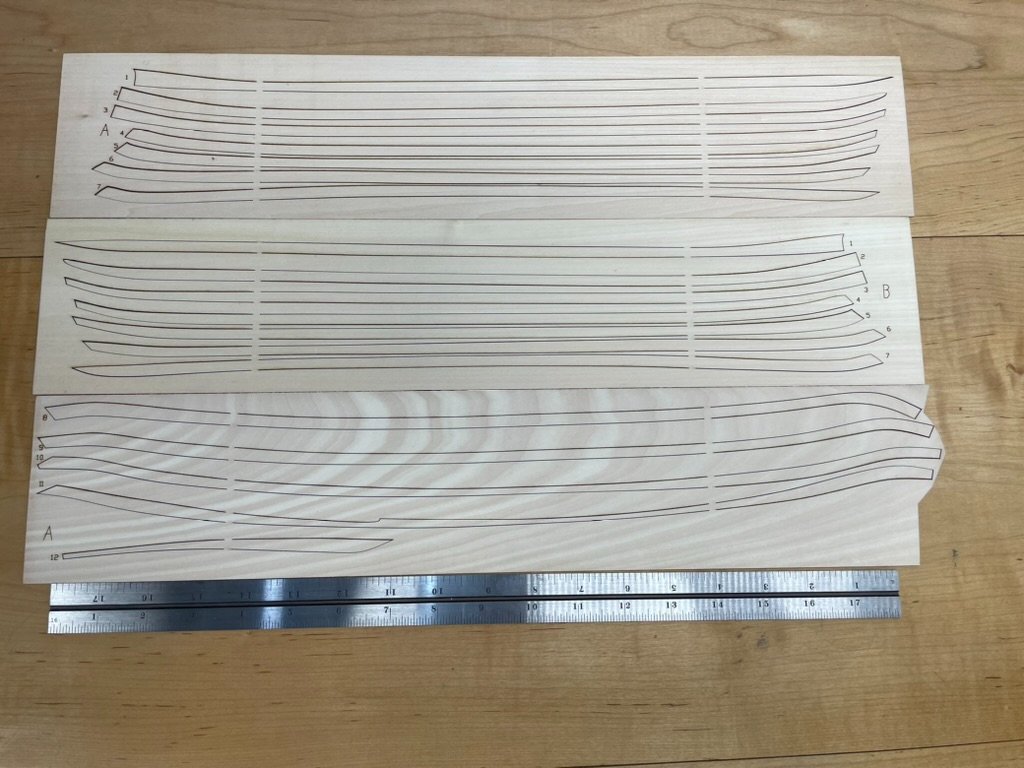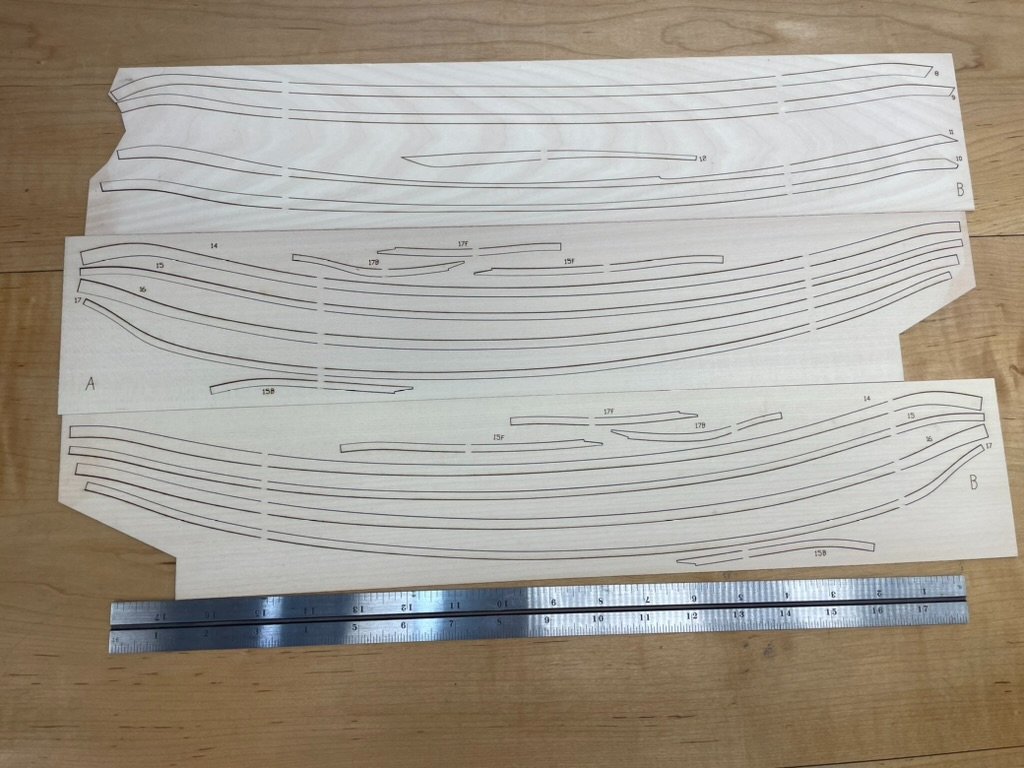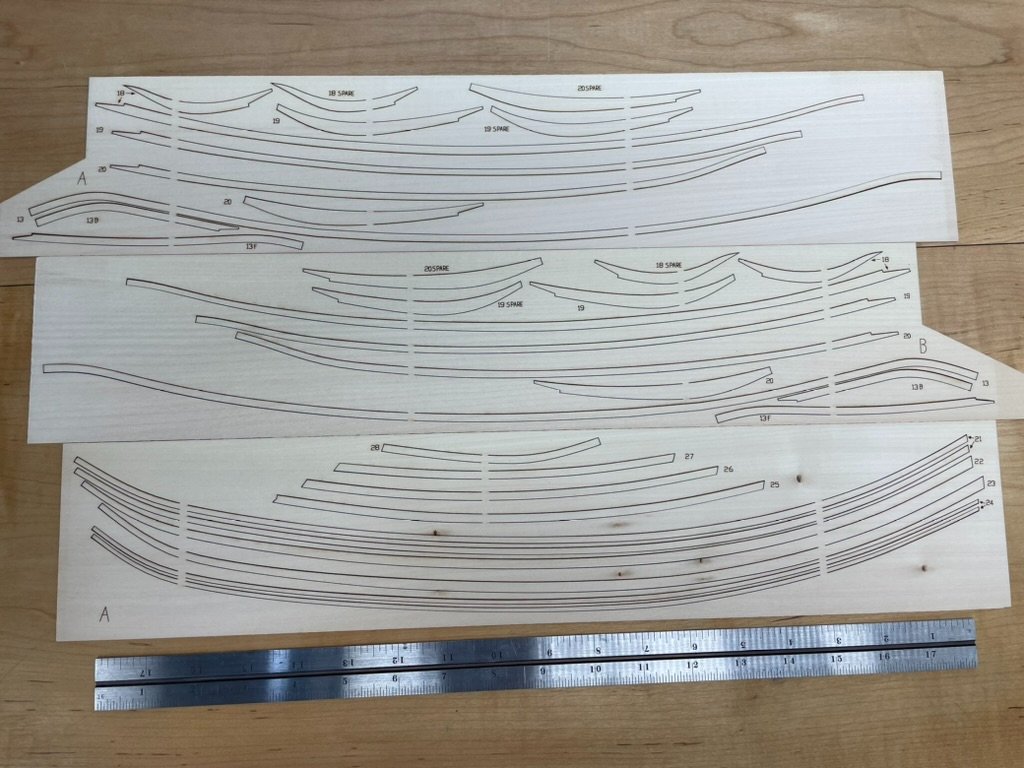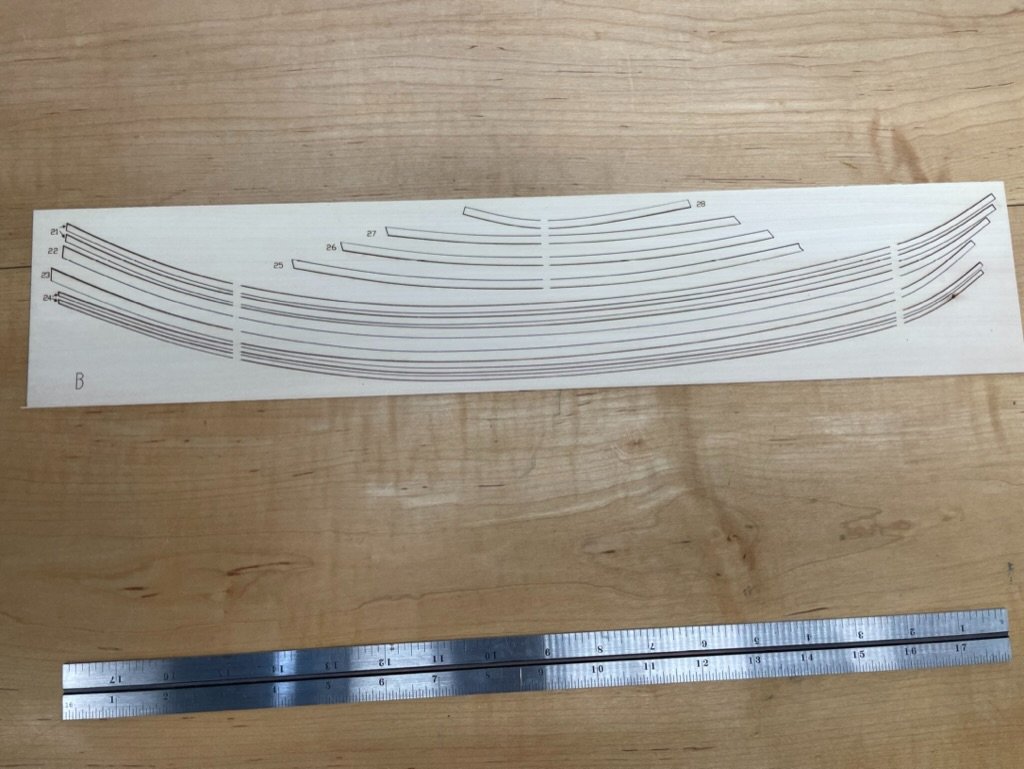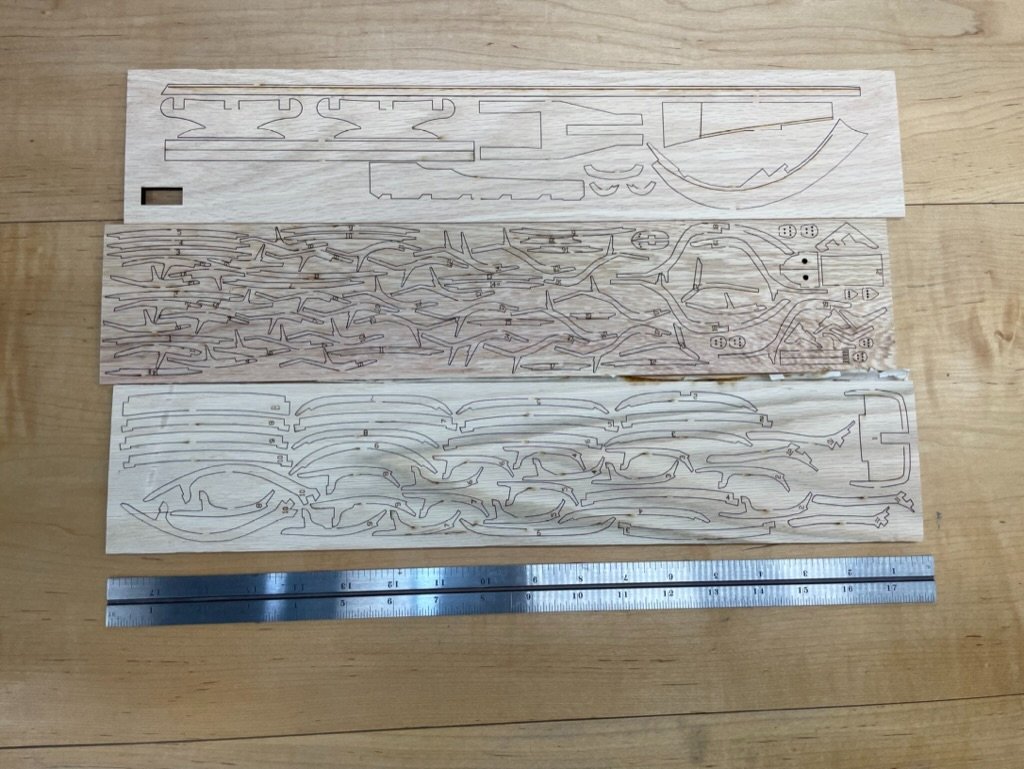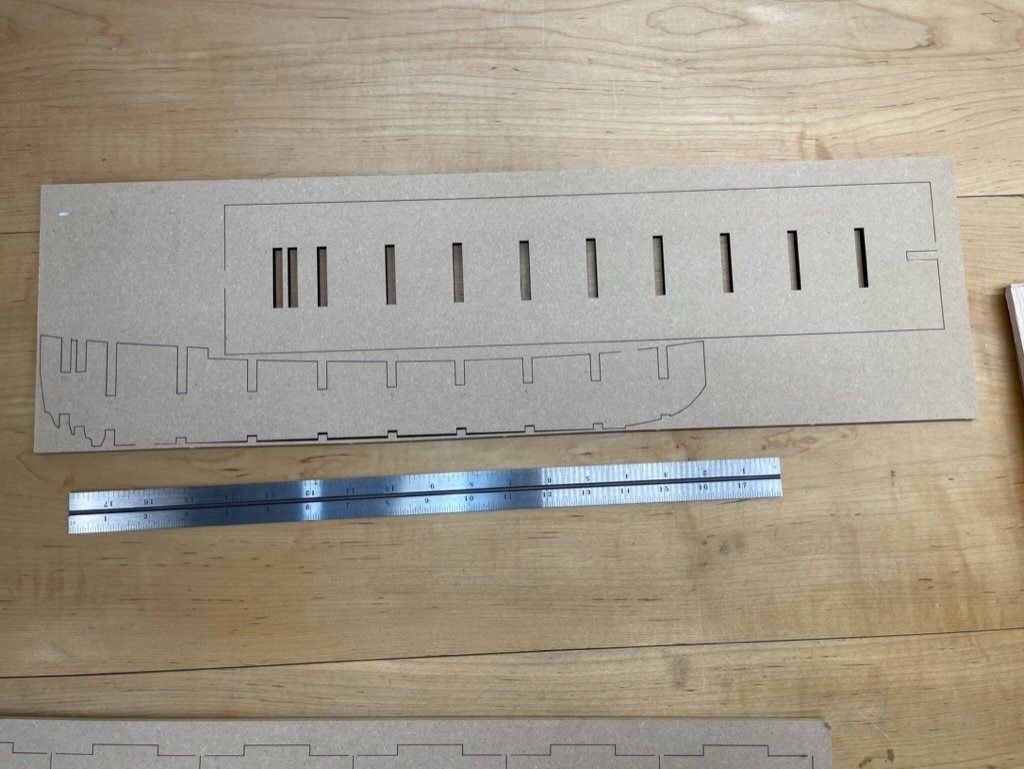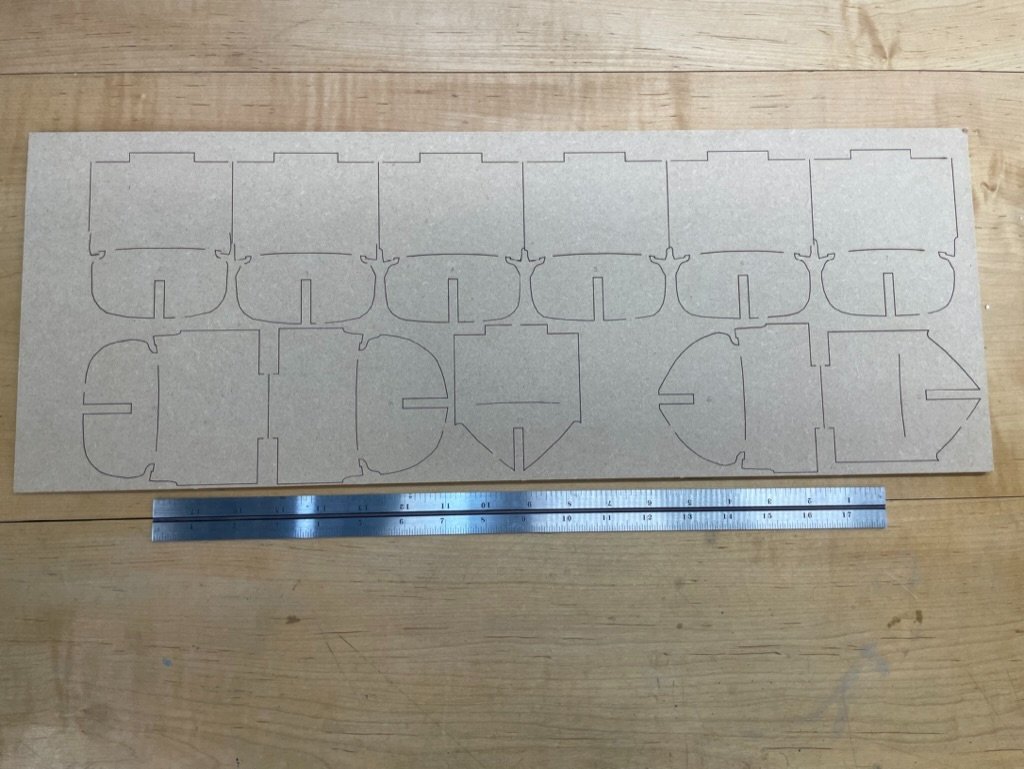-
Posts
183 -
Joined
-
Last visited
Content Type
Profiles
Forums
Gallery
Events
Everything posted by rcweir
-
I've just finished reading Learmont's Master in Sail, and since I didn't find any mention of Capt. Learmont on MSW, I thought it was worth adding a note about his book. It's an autobiography of a Scottish merchant captain who sailed deep sea ships from 1887-1910. Learmont is a no-nonsense writer, but his accounts of his voyages are rivetting. I think anyone who's read and enjoyed The Last Grain Race or Two Years Before the Mast will find Learmont's book is a great companion to them. His details of navigation, sailing, handling cargos and owners, all are fascinating. My edition is, I think, the first one dated 1950 and published by Percival Marshall. It's not illustrated, but the book is easily findable on bookfinder.com and some editions do have photos. I also note that Alan Villiers mentions Learmont in several places in The Way of a Ship. It's clear that Villiers thinks highly of Learmont, and one of his comments about how to be successful sailing around the Horn is almost a direct quote from Learmont. All in all, I found it a wonderful account.
-
I'd use baltic birch plywood for the bulkheads and clear white pine for the hull planking and most everything else. I once made a 17' kayak, with 1/4" strips for the hull (red cedar & white pine) covered in plexiglass, and that project has some similarities to your hull. For the strongback longitudinal I carefully chose a long, straight, clear piece of structural grade Douglas fir. The strongback was the most expensive piece of wood in the project, but it ensured the resulting boat was straight.
-
I have a copy of McKee and he says 9 inches. He terms it chasing, where a sloping rabbet is cut into the top edge of the strake below the one being installed. At this point he's talking specifically about his 10' example boat. I haven't found anywhere that he gives more general guidance on chasing, though he does mention that there are other ways than a sloping rabbet to get the plank end down so it can fit into the stem or stern rabbet. I don't think I have the terminology completely figured out, but the 9" measurement is definite for his 10' boat. The McKee is a pretty neat little publication. It includes a card half-hull model of his 10' example boat.
-
Navy coffee, on the other hand, was for connoisseurs! We made port visits in Australia a few many years ago and a cup of the wardroom java was a must-have for visitors. (I highly recommend choosing a service where you can take your diningroom and bedroom on every trip.)
-
Ditto on the mini-saw recommendation - I have long wanted a tiny keyhole-type saw like this one! Glenn, your progress on the model is impressive! It's part of my daily routine to check how the Indy models are progressing - they're quite an inspiration to me. The opportunity to watch four different, skillful modelers work their ways through the same build, in parallel is unique. Thanks for sharing!
- 587 replies
-
- Indefatigable
- Vanguard Models
-
(and 1 more)
Tagged with:
-

Masthead shape on early 17th century ships
rcweir replied to rcweir's topic in Masting, rigging and sails
Thanks Mark, That's very helpful. I'm moving ahead on the "round above" principle. I'm also continuing to study those photos of Mayflower II's mast; there are subtleties in the transitions from round to flatish to round and back to flat that my eyes couldn't pick out so easily, initially. I don't think it will make any difference in what I produce in the model, but it's still very interesting. Bob -
I have finally started on the rigging of my (Model Shipways) Mayflower, and this weekend's task is to start working on the mastheads, i.e. the area from the hounds to the cap. I've got three reputable authorities to look at for how to do it and I'd appreciate some opinions as to which is preferred. The first example is how the kit instructions show that area. As you can see below, Chuck (our Chuck Passaro is the kit designer), has flats for the cheeks and then a tenon for the cap. Otherwise the mast is round. This is a straightforward way of dealing with a mast that started out as a round dowel. The next photo is from Brian Lavery's AOS on the Susan Constant, a ship 2/3 the tonnage of Mayflower, but nearly identical dates. (And note that Lavery is creating his design 30 years after Baker's Mayflower II.) Lavery's mastheads are square from the hounds to the tippity top. Looks entirely sensible to me, but the practical problem is that the sides of the square area are about the same width as the mast diameter and I don't have the meat on my dowels to do this. So I'd have to build it up. For that reason, I don't think I'll do it the Lavery way. The third example is from the real Mayflower II. Here's one of the mastheads on the pier during its recent major overhaul. (I wish I'd taken measurements with these pics.) It looks like the flat area for the cheeks and trestletree is slightly less than the diameter of the mast. Above that the mast is round again, and is finished with a tenon for the cap. I think this construction is basically the same Chuck's, except that he's simplified the details a bit for the kit builder. I think I'm going to do something as close to the Mayflower II form as I can. But, regardless of what I do for this model, I'd like to know whether one or the other is more correct. And I'd also like to know how others tackle the problem of large square sections on masts that start out as kit dowels.
-

HMS Victory Renovation - Outer Planking Removed
rcweir replied to Steve20's topic in Nautical/Naval History
-
I don't know if there's an official way to ask that question, but I'd consider these things: 1. Post the question in the ModelWarships.com forum in the USS Nimitz topic area, http://www.shipmodels.info/mws_forum/viewtopic.php?f=46&t=4705. 2. Search on the internet for photos of the Nimitz in the dates you think she might have been on the transit. 3. Ditto, if you know some of her stops along the way, look for press coverage of the visit: the escorts might happen to show up. 4. Write a letter or send email to the PAO (Public Affairs Officer) on the Nimitz. It's possible that there are reasonably convenient records they could check (they probably won't be able or willing to root through the deck logs). 5. Look through this: https://www.navysite.de/cruisebooks/cvn68-86/001.htm It appears to be her cruise book for the period that includes the move.
-
What a great project! I've gotten my Speedwell books and will join the group project as soon as it appears, even if I have to have two projects going at the same time. I love the large scale and the size of the finished model (though I probably won't rig mine). A question about finish: if the frames are going to be exposed, shouldn't poly (or whatever) be going on the frame sides as they're assembled?
-
In William Baker's The New Mayflower Her Design and Construction, Barre Gazette, 1958, he talks at length about how he arrived at his design. It looks to me that he's done a thorough job researching what he ultimately produced and he gives sources for anyone who wants to follow in his steps. I don't recall that he discussed the possibility that the ship wasn't built in England. (But he does consider the possibility it was clinker-built!) I'll also mention that the book includes a very nice set of plans for his conception of the original Mayflower: the plans have none of Mayflower II's concessions for the modern era. And besides the plans, the book contains much specific detail that is useful for modelers.
-
Sorry to hear that you have eye trouble. Coincidentally, I'm just finishing up a re-read of 'Two Years Before the Mast'. When Richard Henry Dana wrote that book he was about your age and had eye trouble, too. His solution was to go to sea for a couple of years to give his eyes a rest.
- 137 replies
-
- Golden Hinde
- Revell
-
(and 2 more)
Tagged with:
-

Deadeyes for Dutch mid-17th Century Ships
rcweir replied to rcweir's topic in Masting, rigging and sails
Great! Thanks Ab. Bob -
What's the right shape for the deadeyes in a mid-17th century Dutch ship? The written references I have don't say. The plans I have of ships of that period all show round. The Wasa (1628, and not Dutch but also not English) has triangular. And, from what I can tell by pics on the web, the replica Batavia (same date as Wasa) has triangular. Apologies if this question has been asked here before, but I didn't find that it had been. Bob
-
The painting is a big deal for this model and yours is looking great. The crest on the transom looks especially convincing. What paint are you using? Bob
- 137 replies
-
- Golden Hinde
- Revell
-
(and 2 more)
Tagged with:
-
I'm going to follow along with interest. My brother started this kit back in the 60s (in the days when neither of us ever finished anything!)
- 137 replies
-
- Golden Hinde
- Revell
-
(and 2 more)
Tagged with:
-
This is a new kit from the Dutch company Kolderstok, and it's a significant addition to their growing line of 17th century Dutch ship models. I'm certainly thrilled to have my kit since I've been wanting to build a fluyt since 1970. Fluyts were cargo ships; designed to be cheap to purchase and cheap to operate. And, for the whole 17th century and beyond, they were very successful at it. The best modern references I know of to learn more are two companion publications from Seawatch Books: 17th century Dutch Merchant Ships, and 17th century Dutch Merchant Ships Plans Set for modelers, both by A.J. Hoving, C. A. Emke, et al. And there's my original source, The Great Age of Sail, Joseph Jobe, ed. The Kolderstok kit gives its ship's date as 1636, which suits me well. There is not much information in the kit's introductory writeup to say how the details were arrived at, though any involvement by Ab Hoving gives me confidence that it's on good foundations. It says: There is an active build log of a late prototype kit on a Dutch forum at https://www.modelbouwforum.nl/threads/het-fluitschip-uit-de-gouden-eeuw-hans-groenenberg.278397/. The builder there, Hans, is obviously in close contact with Hans van Nieuwkoop of Kolderstok. I expect that log to be enormously valuable (with the help of Google's transations) when I start on my own build. The kit has parts and instructions to construct either a lumber carrier or a whaler, though in the latter case you might want more boats (6-8 according to Hans) and of a different design than the two in the kit. I intend mine to build mine for lumber (I was trained as a forester many years ago) so the kit-supplied boats are going to be fine. The kit currently lists for 369 euros at https://kolderstok.com/en/products/fluytschip. There is a paint set available at 19 euros, which I also got. It comes with a full set of sails, but you have to stitch them yourself, which is a stopper for me. The kit includes flags, too, plus Kolderstok offers the possibility of printing a flag of your own design (prices aren't quoted for that service). There are a few nice resin castings for the transom including three choices for the central carving. Below are photos of just about everything that came in the box. It was very well packed and all the materials seem to be of high quality. I'm certain that I will upgrade the blocks that I use; the kit blocks are typical but I can't settle for them now that I've seen what can be gotten from, for example, Syren. And I hope to include sails in my build but, since I cannot sew, I'll probably make mine of silkspan (if I can). I like the 1:72 scale of the kit; it will be a nice size to work on at my bench and won't require adding a new room to the house when I'm done. The terrifying part of this kit, of course, will be planking the hull. To try and make this easier the planking starts upside down, from the keel, with the frames inserted into MDF forms. Most, if not all, of the hull planks are pre-spiled on laser cut sheets. Once the lower hull is complete the MDF is all removed, so the modeler could choose to outfit the lower decks. I haven't fully absorbed how the planking is going to go for me but I'm game to try it. The blocks, deadeyes, etc. come in a nice plastic box. And here's the paint set for the fluyt (an extra I added): Next are some photos from the manual, parts list, etc. There are two large one-sided plan sheets and 8 more smaller sheets, printed double-sided. The quality of the plans looks quite good to me. They're sharp and attractive and on nice heavy paper. I'd probably prefer that all sheets were one-sided, but when I actually get to doing the work I may find that these are just fine as they are. In the photos below the two big sheets are at the end. There are three sheets of sails with good instructions on how to deal with them. Finally are pictures of the spars and all the laser-cut sheets. The two sheets of MDF frames are at the top, followed by the laser-cut oak sheets which includes keel, stem, frames, etc. Below are the laser-cut basswood planks. The last four small laser-cut sheets are for the two boats, the tops, and some deck furniture. There's strip wood of various species. The walnut looks to me like black walnut (one of my favorite woods), and the cherry has a nice color, too. What the heck "abachi" is, I don't know, but I'm sure I will learn in the fullness of time. And that's it. I expect that it will be a difficult build for me and I have some learning to do before I start. But Hans is very responsive, the manual is clearly written and well illustrated, and the online build I mentioned at the beginning has very good photos. Bob
-

Intro to Card Models Pt. III: Shopping for Card Models
rcweir replied to ccoyle's topic in Card and Paper Models
I just ordered two kits from Moewe Verlag and they were fulfilled - very promptly - by their US rep HB Precision Card Models (www.hbprecisioncard.com). If you're in the US, going through HB Precision Card will simplify ordering and, since they have their own stock, it's a big boon for rapid gratification. -
- 43 replies
-
- Mayflower
- Model Shipways
-
(and 1 more)
Tagged with:
About us
Modelshipworld - Advancing Ship Modeling through Research
SSL Secured
Your security is important for us so this Website is SSL-Secured
NRG Mailing Address
Nautical Research Guild
237 South Lincoln Street
Westmont IL, 60559-1917
Model Ship World ® and the MSW logo are Registered Trademarks, and belong to the Nautical Research Guild (United States Patent and Trademark Office: No. 6,929,264 & No. 6,929,274, registered Dec. 20, 2022)
Helpful Links
About the NRG
If you enjoy building ship models that are historically accurate as well as beautiful, then The Nautical Research Guild (NRG) is just right for you.
The Guild is a non-profit educational organization whose mission is to “Advance Ship Modeling Through Research”. We provide support to our members in their efforts to raise the quality of their model ships.
The Nautical Research Guild has published our world-renowned quarterly magazine, The Nautical Research Journal, since 1955. The pages of the Journal are full of articles by accomplished ship modelers who show you how they create those exquisite details on their models, and by maritime historians who show you the correct details to build. The Journal is available in both print and digital editions. Go to the NRG web site (www.thenrg.org) to download a complimentary digital copy of the Journal. The NRG also publishes plan sets, books and compilations of back issues of the Journal and the former Ships in Scale and Model Ship Builder magazines.




